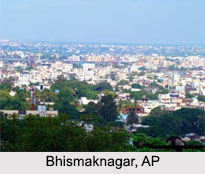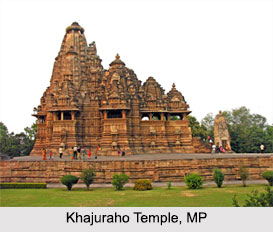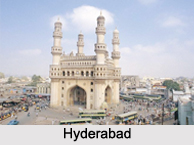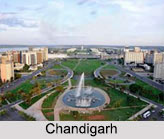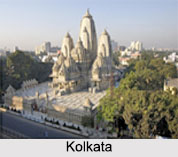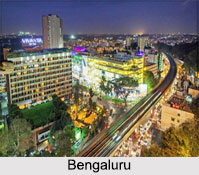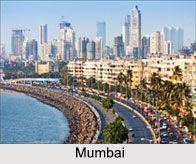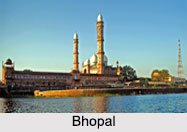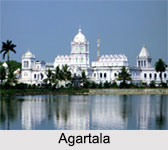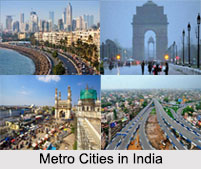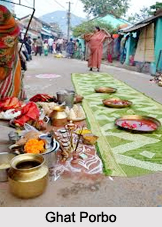 Culture of Jeypore has the mixture of Bangalees and Odiya people. They celebrate Ratha Yatra, Durga Puja, Ghata Porbo and many more. The cultural amalgamation in Jeypore is not only begun from the era of British time, it came from the early era of Ganga Dynasty.
Culture of Jeypore has the mixture of Bangalees and Odiya people. They celebrate Ratha Yatra, Durga Puja, Ghata Porbo and many more. The cultural amalgamation in Jeypore is not only begun from the era of British time, it came from the early era of Ganga Dynasty.
Ratha Yatra
Rath Yatra is celebrated every year during the month of July. It is one of the popular festivals in Odisha.
Ghata Porbo
Ghata Porbo is one of the popular festivals celebrated in the town. It is also known as "Thakurani Yatra" (procession of the goddess) held usually during summer. During the festival, every community has the chance to take its goddesses out of the temples and visit all other localities. The processions last for days and weeks, with dramas and other entertainment held during the nights. Local musical instruments like `Dombo baido` and `Singha baido` accompany such processions.
Durga Puja and other Festivals in Jeypore
Jeypore is famous for its grand Dussehra and Ratha Yatra celebrations as well. People also celebrate Ganesh Puja, Goddess Saraswati Puja and Viswakarma Puja. Jeypore Dussehera is often compared with Mysore Dussehera. In ancient times, "lathi processions" were taken out by barefoot tribals carrying small idols of Goddess Durga on palanquin and played local musical instruments from far-flung areas to Jeypore. The tribal headmen would come to Jeypore with these lathis and keep them in the local temple till Dussehra which was a 16-day affair. The tribals mostly belonged to Bhumiya Tribe, Gadba Tribe, Parja Tribe, Soura Tribe, Bhatra Tribe, Gond Tribe, Didai Tribe, Durua Tribe, Amantya Tribe, Kondhy Tribe, Bonda Tribe and Koya Tribe. Jeypore King used to celebrate this festival in great way. In between 19th to 20th century the glamour of this festival faded but starting from year 2003 again this festival has been revived and year by year this festival is celebrated in a big way like it used to be during kings time and gathering of around 1 lakh people can be seen during Dussehara. In the nineties, an annual event called "Parab" was instituted by the government to promote tribal art, culture and handicrafts in the Koraput district.
Related Articles
Cities of Orissa
Jeypore
Odisha, Indian state
Daringibadi, Kandhmal district, Odisha
Temples of Odisha
